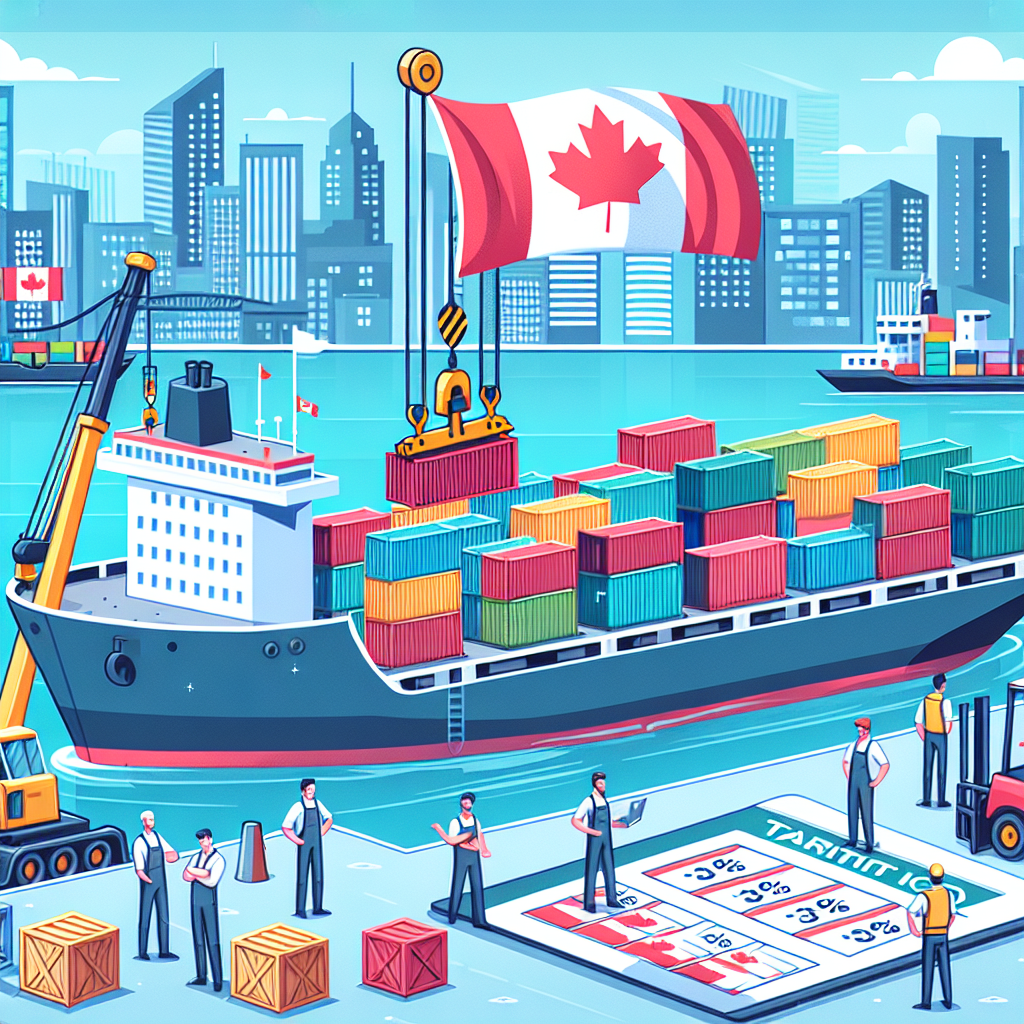Trump's Trade Tactics Reshape Global Tariff Landscape
President Donald Trump's reinstated tariffs on steel and aluminum mark a shift in global trade policy, affecting imports and sparking tensions with Canada. The move aims to bolster American producers and restore 2018 tariffs while revising trade agreements and responding to economic and political pressures.

U.S. President Donald Trump has reintroduced tariffs on steel and aluminum imports, a significant move to reshape global trade norms in favor of the United States. The tariffs, set at 25%, affect all imports of these metals and extend to numerous downstream products, aiming to protect American industries.
The decision followed a tense lead-up with Canada, where Trump considered doubling tariffs on Canadian steel and aluminum exports to 50%. However, this plan was abandoned after Canada's Premier Doug Ford agreed to delay a proposed surcharge on electricity exports to certain U.S. states.
The renewed tariffs were praised by U.S. steel producers eager to regain a competitive edge. Meanwhile, Canada's future in trade, particularly in the energy sector, hangs in the balance as political transitions and negotiations continue, impacting investor and consumer confidence.
(With inputs from agencies.)










